Internal factors.
One.If there are flaws such as damaged rim, glaze defects, or broken base in a teapot, they do not actually affect the value of the teapot and instead make the teapot more cost-effective. However, if the damage to the base and rim exceeds half, that is 50%, it greatly affects the appearance of the teapot and has a significant impact on its price.
Two. Glaze damage. Usually, this is caused by long-term adverse effects of tea whisking on the glaze surface during use, while some are caused by friction with rough sand and stones in the buried environment.
If scratches affect the gloss of the glaze or even cause damage to the glaze, they should be treated with caution. Another type of damage is caused by the long-term effects of acidic soil or water on the buried environment, which leads to glaze peeling. This type of damage has a greater impact on the aesthetic appeal of the glaze surface and is more common in old teapots that are newly used. The peeled glaze will fall into the tea soup, affecting the quality of the soup, which is also harmful to health. When selecting such teapots, the ones with peeled glaze should be excluded. Teapot prices vary depending on the artist and the quality of the teapot.
External factors.
One.Crooked shape:
There are two types of teapots with flaws in their construction: uneven rim and crooked shape. Teapots with these two types of flaws are not considered for collection. However, if it is an old teapot that is newly used, the requirements can be relaxed.
Two.Glaze sticking to the bottom:
During the teapot firing process, the dipping glaze technique causes the glaze to be thick and flowable. When it is too thick, the glaze will flow to the bottom of the teapot. Teapot prices vary depending on the artist and the quality of the teapot.
Three. Kiln adhesion:
This is a flaw that virtually all collectors cannot accept. If there is only a small amount of kiln adhesion, it will only affect the local appearance. However, if it causes serious deformation of the teapot or if the rim adheres to the firing support during the firing process, these two types of damage have a greater impact.
Four. Kiln crack:
Light cracks have a local impact, while severe cracks can cause the edge to flip outward.
Five.Off-centered glaze:
The impact of this flaw mainly depends on the degree of off-centering, and the degree to which collectors accept it varies from person to person.
Six. Unglazing:
Partial unglazing has little impact, as the value of the vase lies mainly in its glazed surface. If there is too much unglazing, it will significantly affect its collectible value. This is reflected in the price of the Jian vase made by Ye Liwang.
Seven.Bubbling or blistering:
It is caused by the incomplete cleaning of the vase body during the washing process, or the separation of quartz sand in the body due to high temperature, which causes local impact and results in bubbling or blistering.
Eight.Smoke streaks
Smoke streaks are caused by air that enters the kiln during the firing process of the Jian vase. The damage is significant and the beauty of the glazed surface is greatly affected. However, if an old vase is newly used, it will not affect its practicality and can offer a higher cost-performance ratio.
Nine.Overfiring or underfiring:
Jian vases that have been overfired or underfired are also considered as non-authentic products, although there is no clear definition for this. It simply refers to whether the firing process was done correctly or not. If done correctly, it is considered an authentic product, but if not, it is considered non-authentic. Non-authentic products may have a special glazed surface due to the firing process not being done correctly, but they are still collected as an alternative type of Jian vase.
In the field of collecting Jian vases, the main considerations are artistic value and aesthetic appeal. Everyone has their own definition and perception of beauty, and they tend to overlook its historical significance. The historical significance includes the aesthetic appeal and reputation of Jian vases, which is why collectors generally choose vases from famous kilns.
Summary of experience.
When collecting Jian vases, one should observe the impact of flaws on the shape (external factors) and glaze (internal factors) of the object, as well as their impact on the cost-performance ratio.
By observing and comparing more, one can naturally develop their own set of experiences.


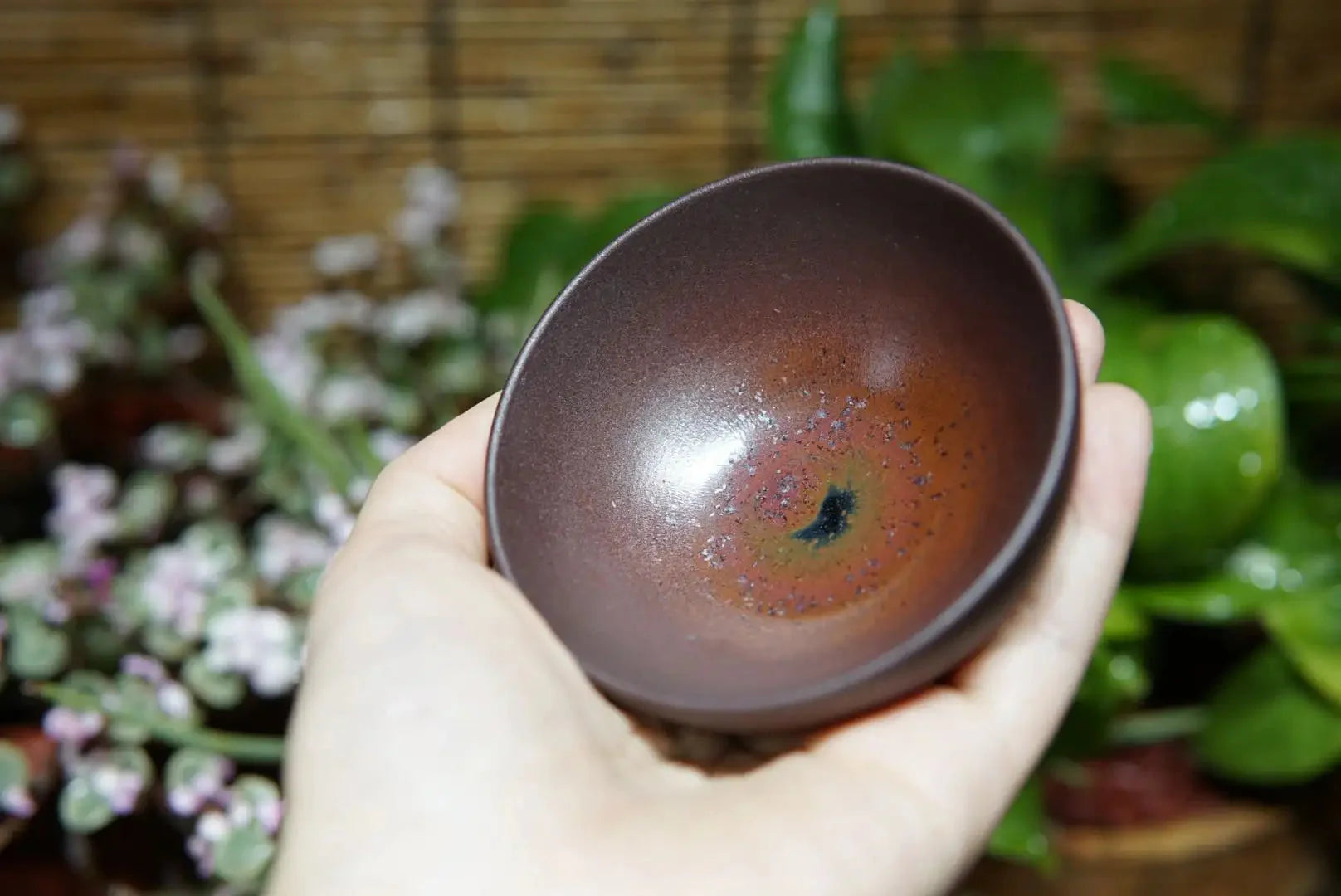
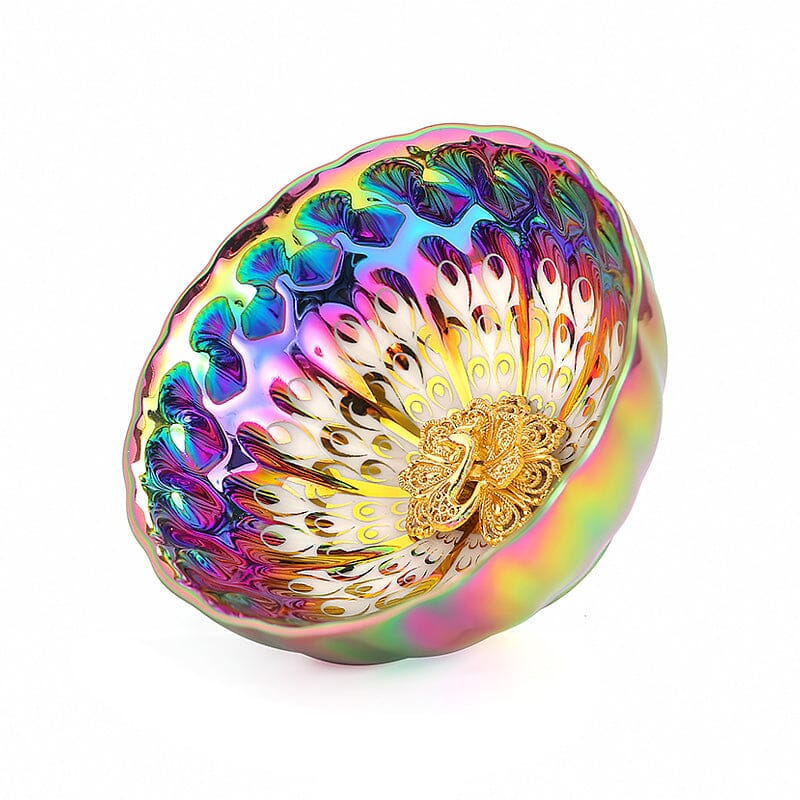
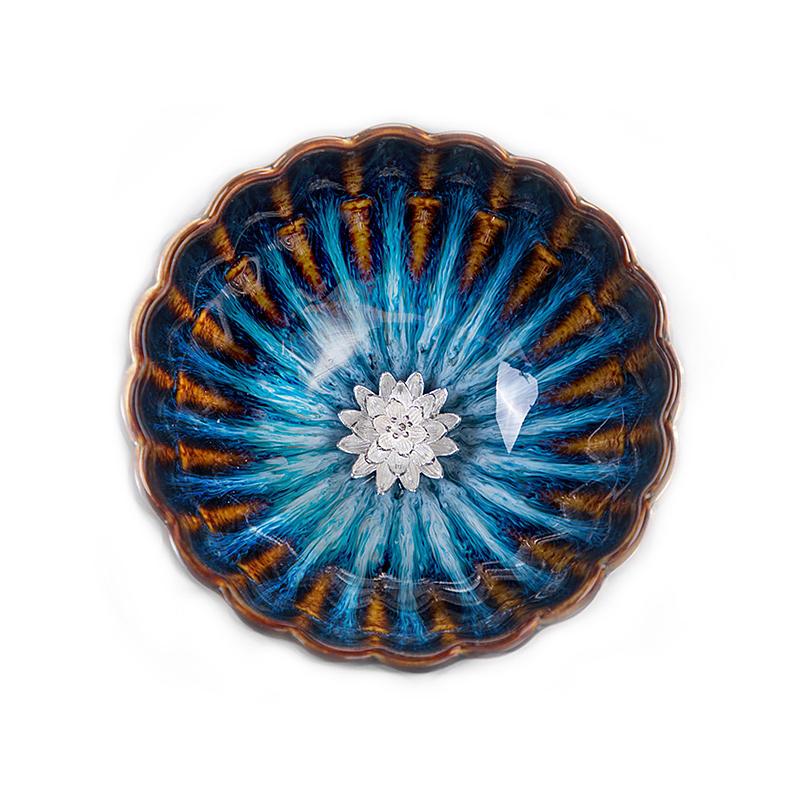
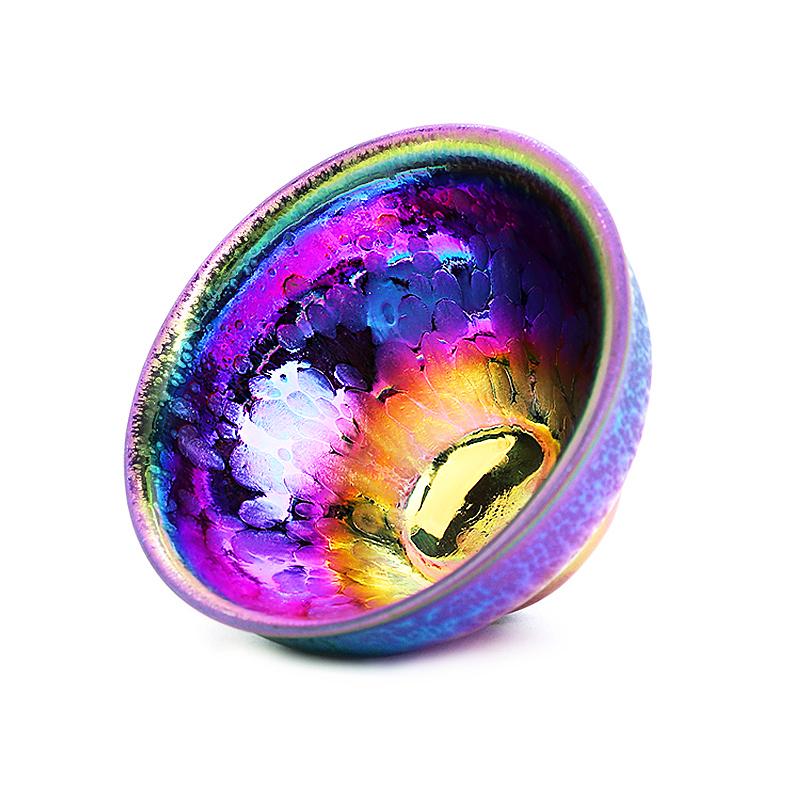
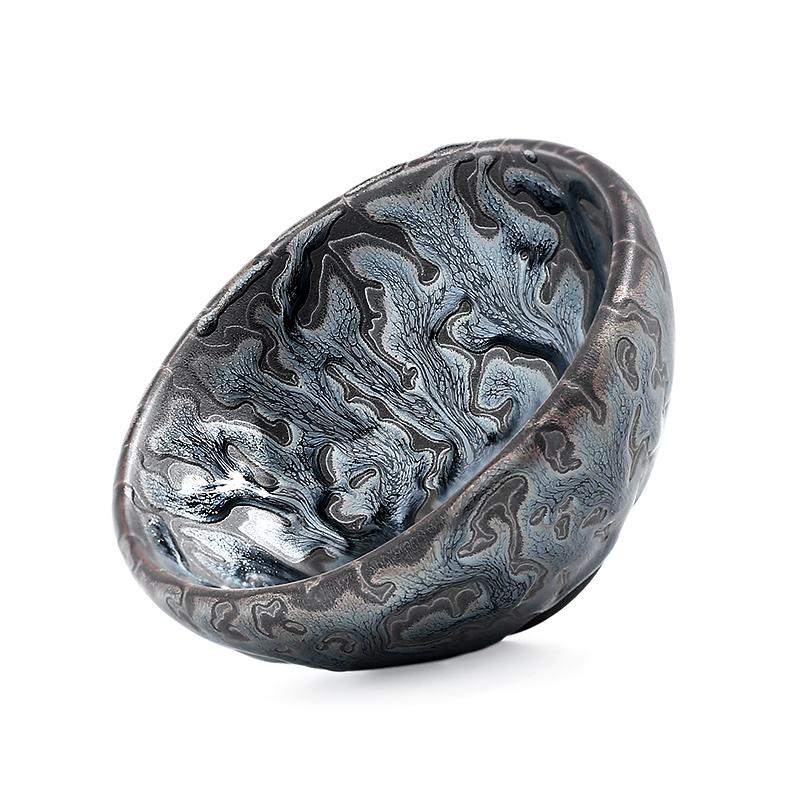
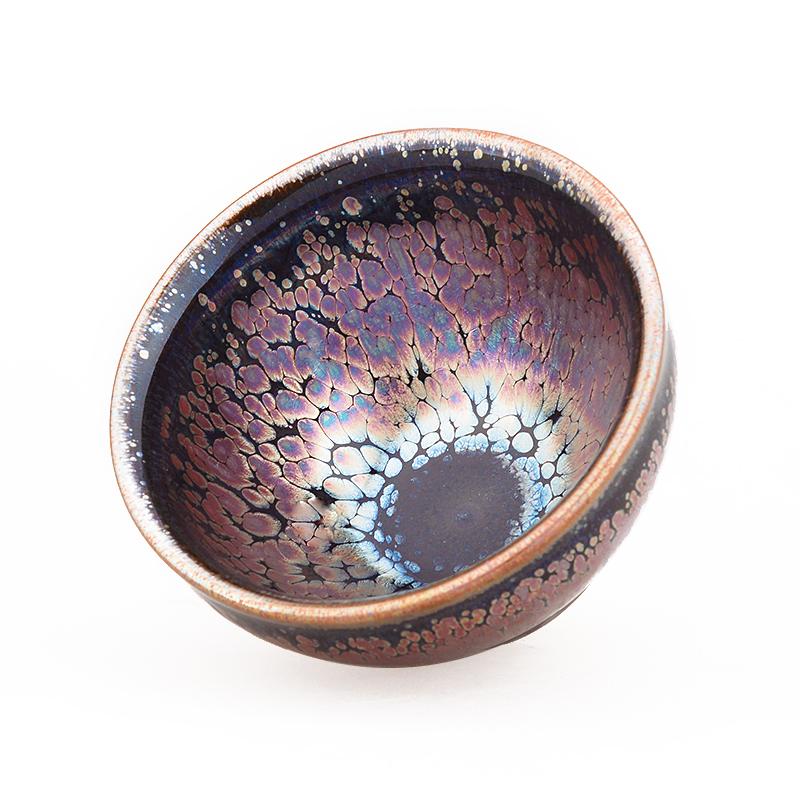
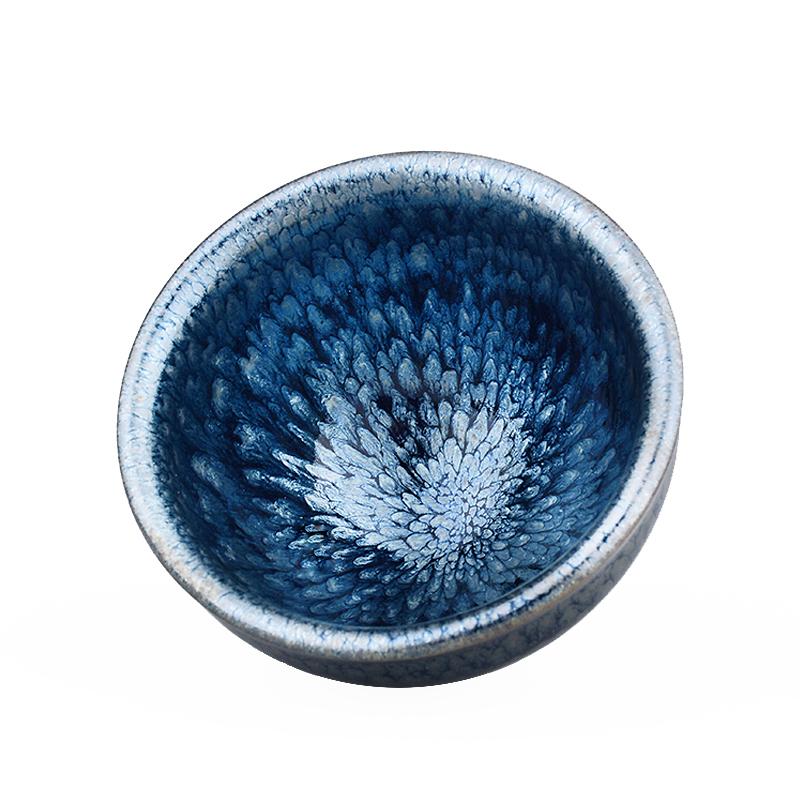
Share:
Antique-making Techniques of Old Tenmoku from Jian Kilns
Yu Daozhan's Three-Gen Patriotism: Never Forget Original Intention